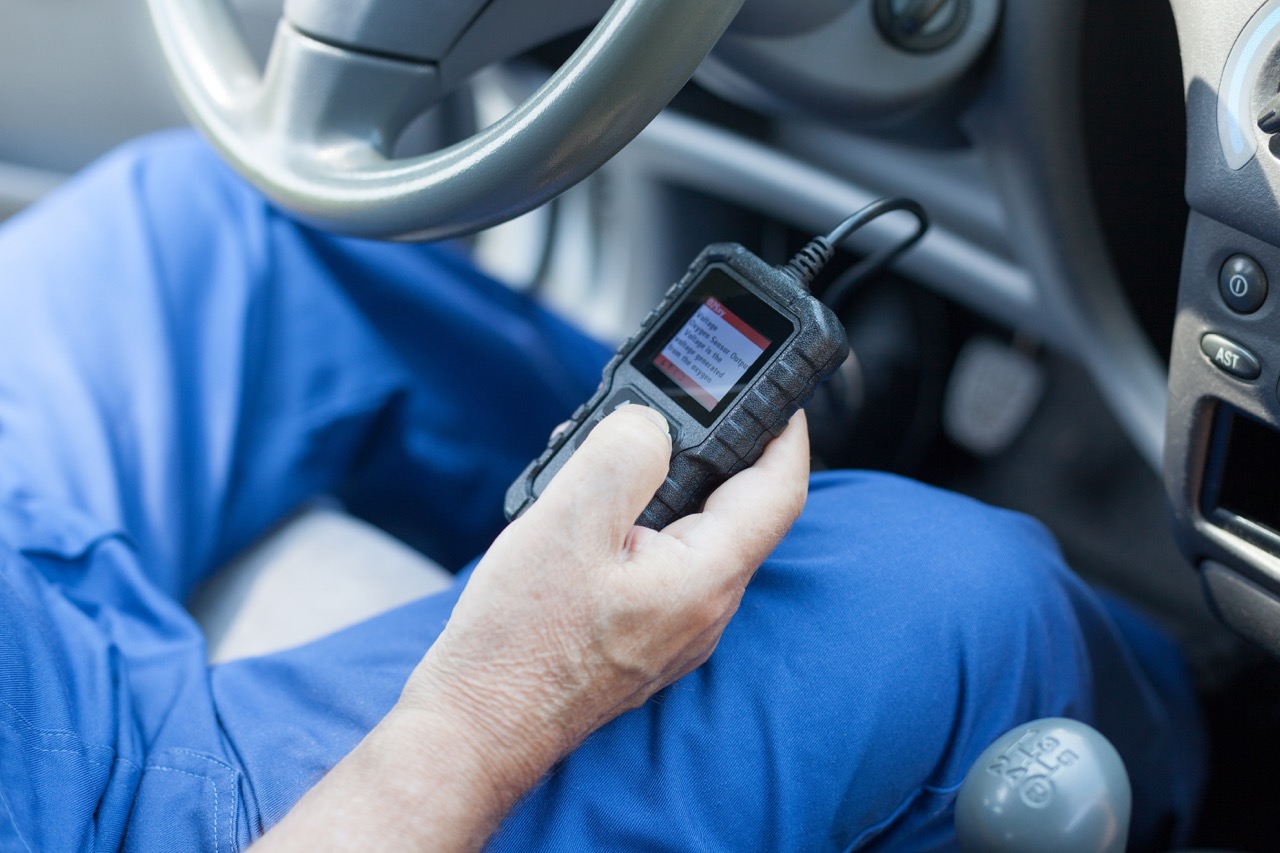
We’ve all had that sinking feeling when your vehicle’s check engine light suddenly illuminates without warning. When this occurs, it is sometimes obvious from the vehicle’s performance that something is wrong. Other times, the check engine light will illuminate even when everything appears to be in working order. So, how do you figure out why the check engine light is on? We are going to identify some of the most common reasons your check engine light may come on.
Gas cap that is loose or damaged
Your gas cap serves a variety of purposes. For starters, it aids in maintaining proper gas tank pressure. It’s also a component of your car’s evaporative emissions control system. The EVAP system keeps fuel vapors from being released into the atmosphere. If your gas cap is loose, missing, or damaged, the check engine light will detect the leaking fumes and illuminate.
If your check engine light lluminates immediately after you’ve filled up your tank, the gas cap is most likely loose. Tighten it up and check to see if that solves the problem. In addition, if you notice that your gas cap is damaged in any way, have it replaced.
Your oil is either too low or too dirty to use.
Your engine’s components are lubricated by oil. This reduces friction and wears between these components, allowing them to run more smoothly and protecting them from damage. It also helps to reduce heat between moving parts and keeps engine components clean. Low oil pressure can cause your check engine light to illuminate. This can be caused by a lack of oil or by oil that is too dirty.
Check your vehicle’s oil level. If it’s too low, add more oil. If the oil appears dark black in color, replace it as soon as possible.
Oxygen Sensor Failed
The oxygen sensor is located in the exhaust system of your vehicle. It determines the amount of oxygen in the exhaust gases that exit your engine. This information is then sent to your vehicle’s onboard computer, which uses it to calculate the proper air-to-fuel ratio for your engine. When your vehicle’s emissions are too high, an oxygen sensor will notify you.
When contaminants such as silicates and phosphorus enter the exhaust, oxygen sensors can fail. Your engine’s fuel ratio can be thrown off if you don’t have a working oxygen sensor. Using non-recommended fuel for your vehicle can also contribute to oxygen sensor failure. You may notice that your gas mileage decreases over time if you have a faulty oxygen sensor. This is due to an incorrect fuel ratio in your engine. You may also notice that your engine is making a rough or irregular noise.
Catalytic Converter Failure
The catalytic converter converts harmful compounds in your car’s exhaust emissions into harmless gases. Engine coolant and engine oil can contaminate or clog your catalytic converter. A catalytic converter can also overheat if there is an excess of unburned gas. Overheating of a catalytic converter can also be caused by a faulty oxygen sensor.
If your catalytic converter becomes clogged or overheats, you may notice problems with your engine. These can include problems starting the engine, sluggish performance, or a decrease in acceleration. You may also notice dark exhaust smoke with a sulfur odor.
Faulty spark plugs
Your spark plugs generate an electrical spark that ignites the mixture of air and fuel in your engine. This produces the necessary combustion to start your vehicle. Oil, fuel, or carbon deposits can form on spark plugs as a result of their interaction with the air-fuel mixture. Spark plugs can also corrode or misfire over time.
You may have trouble starting the engine if a spark plug is faulty. When the engine is idling, it may hesitate, misfire, or make a rattling or vibrating sound. You may also notice decreased gas mileage or difficulty accelerating.
You won’t know what the check engine light really means unless you have your vehicle diagnosed by a professional. The warning could be for something simple and innocuous – or it could be for something serious that could cause additional damage to your vehicle. You should not take any chances. If your check engine light comes on, have the professionals at Master Muffler diagnose and repair the problem today.
Related Posts
As an EV owner, understanding your vehicle's battery is critical. From its capacity to its lifespan, and everything in between, we'll guide you through what you need to know to optimize your EV experience. So buckle up and get ready - we're about to shed some light on the electrifying world of EV batteries. What [...]
If your car is running hot, it can be a sign that something’s not right with your engine. Fortunately, diagnosing the cause of an overheating engine isn't too difficult if you know what to look for and how to address it. Keep reading if you want to learn the most common issues that occur when [...]
Your vehicle's exhaust system serves a critical role in managing the byproducts of the combustion process and ensuring optimal engine performance. The appearance of colored smoke from the exhaust pipe, either when stationary or accelerating, can provide valuable clues to underlying mechanical issues. What is a car exhaust? A car exhaust is a system [...]





